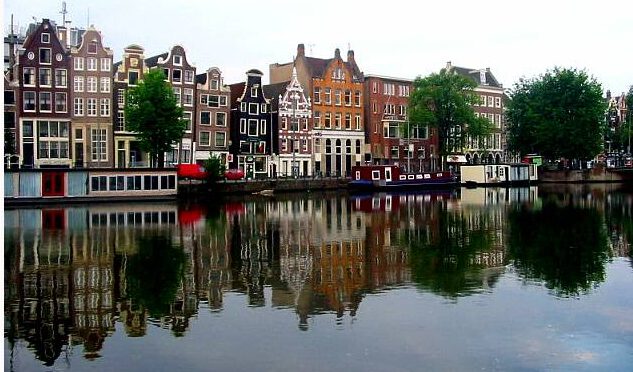The Baltic Sea is a marginal sea of the Atlantic Ocean, located in Northern Europe and enclosed by Denmark, Estonia, Finland, Germany, Latvia, Lithuania, Poland, Russia, and Sweden. It is the world’s largest brackish water basin, formed approximately 10,000 to 15,000 years ago as the glaciers retreated at the end of the last Ice Age. The sea covers a surface area of about 420,000 km², with a volume of roughly 20,000 to 21,700 km³, and has an average depth of 55 meters, with a maximum depth of 459 meters on the Swedish side of the center. It is characterized by a shallow mean depth, with 86% of its seafloor area lying shallower than 100 meters.
The Baltic Sea is connected to the North Sea via the Danish Straits—the Øresund, Great Belt, and Little Belt—making it a semi-enclosed sea with limited water exchange. This restricted exchange means it takes approximately thirty years for the seawater to be fully replenished by the North Sea. The sea is fed by a vast catchment area, four times larger than the sea itself, which includes over 250 rivers and streams, with the Neva being the largest. This inflow of freshwater, combined with its shallowness, results in low salinity levels, creating a unique brackish environment.
The sea is divided into several sub-basins, including the Gulf of Bothnia (divided into the Bothnian Bay and Bothnian Sea), the Gulf of Finland, the Gulf of Riga, and the Baltic Proper, which includes the West and East Gotland Basins. The water is also unusually stratified, with warmer, less dense surface water and colder, denser water at the bottom, a feature most pronounced during summer and winter. This stratification, along with limited water exchange, contributes to oxygen depletion in deeper layers, leading to the formation of dead zones.
The Baltic Sea supports a unique ecosystem, home to 100 species of fish, 4 species of marine mammals (including the endangered Baltic Harbour porpoise), and numerous bird and plant species. However, it faces significant environmental challenges, including widespread eutrophication affecting around 94% of the sea, the collapse of cod populations, and the near extinction of the European eel. The sea is also impacted by marine activities such as shipping, fishing, and offshore wind energy, which are projected to increase in the coming decades.




